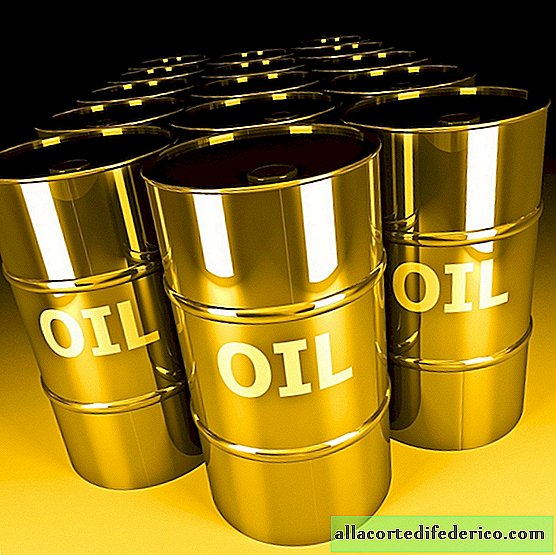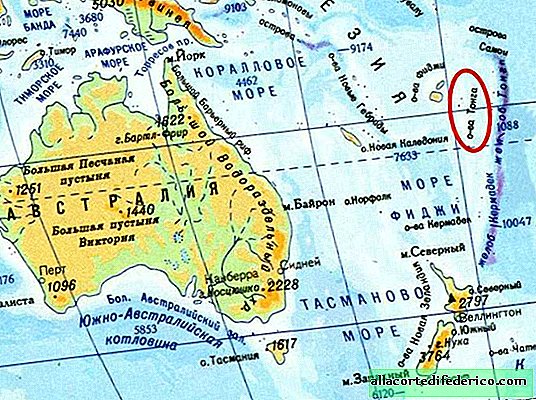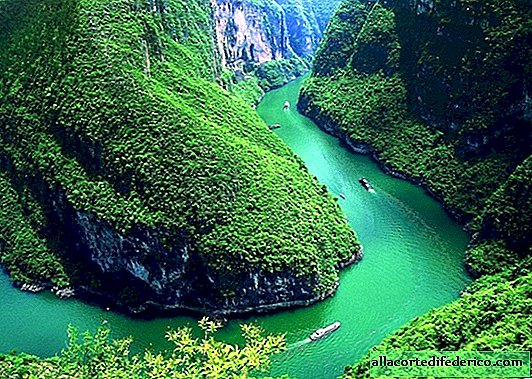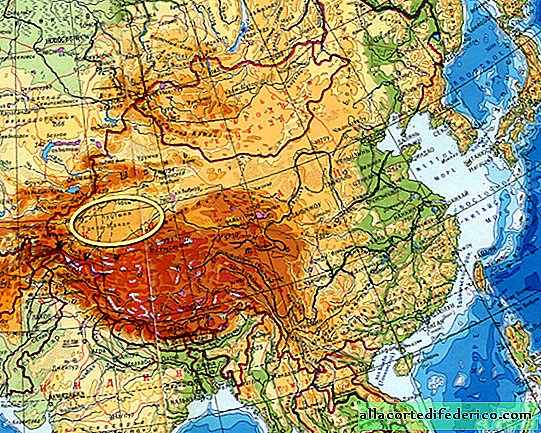What is the difference between oil produced in different places on the planet
Oil prices are as much an integral part of the news release as the weather forecast. The entire economy of the modern world rests on the production and use of hydrocarbon fuel. But why does oil from different countries cost differently, and what are the features of different grades of black gold?
All oil fields differ from each other primarily in the quality of oil. Depending on the chemical composition of the oil, it is assigned to one or another brand, and based on this, its price on the world market also develops. Today in different places of the planet more than 20 brands of oil are produced.
The main brands for which all other grades are valued are British oil Brent, American WTI and the Middle East Crude. Their quality is one of the best, and all other varieties of oil are compared with them.

Crude oil, that is, in the form in which it is extracted, is practically not used in the economy; therefore, it is processed to produce fuel or another product. The depth and cost of processing, and therefore the price of the finished product, directly depend on the chemical composition of the oil. The main indicators affecting the quality of oil is its density and the content of various impurities in it, mainly sulfur.
Of the varieties having a low density (they are called light varieties) and a low content of impurities, gasoline, kerosene and diesel fuel are obtained as a result of minor processing. These are the most sought after products on the liquid hydrocarbon market. But thick and viscous oil, which has a high density, is mainly used for the manufacture of fuel oil and fuel for industrial furnaces. Therefore, light grades of oil with a minimum amount of sulfur (not more than 1%) require minimal material processing costs and are more expensive than heavy grades.

Among the world oil, the reference, along with the North Sea Brent brand, are WTI (produced in Texas) and Dubai Crude (United Arab Emirates).
Russia supplies the world market with several grades of oil with different chemical compositions. The main brand of Russian oil is Urals, which is a mixture of oil produced in the Khanty-Mansi Autonomous Okrug and in the Republic of Tatarstan. Light Siberian oil mixes in one pipeline with European. But Tatarstan oil contains a lot of sulfur and other impurities, which ultimately lower the cost of this brand. Another brand of Siberian Light, whose supplies to the world market are insignificant, is pure Siberian oil produced in the Khanty-Mansi Autonomous Area. The sulfur content in it is almost 3 times less than in Urals. And the oil that is produced on the Arctic shelf belongs to the Arctic Oil brand. It is quite heavy and contains a lot of sulfur. The remaining varieties of Russian oil (Sakhalin Sokol, East Siberian ESPO and Sakhalin Vityaz) have a light composition and a very low content of impurities. And Sokol brand oil is the closest to light Omani oil.
If we compare the countries that are world leaders in oil production, they usually have high-quality deposits of raw materials. For example, the oil of Indonesia, the largest hydrocarbon supplier to the world’s markets, is sold under the Minas brand name. It is a very light oil with a minimum sulfur content of less than 0.1%. Oil produced in Nigeria and Angola also has low levels of impurities and is classified as light oil. The same can be said about the oil of the countries of the Arabian Peninsula and North Africa. But Venezuela is not so lucky. Most of the oil produced in this country is considered heavy and contains a lot of sulfur, which forces the leadership of this state to take additional measures to successfully sell its raw materials.


















